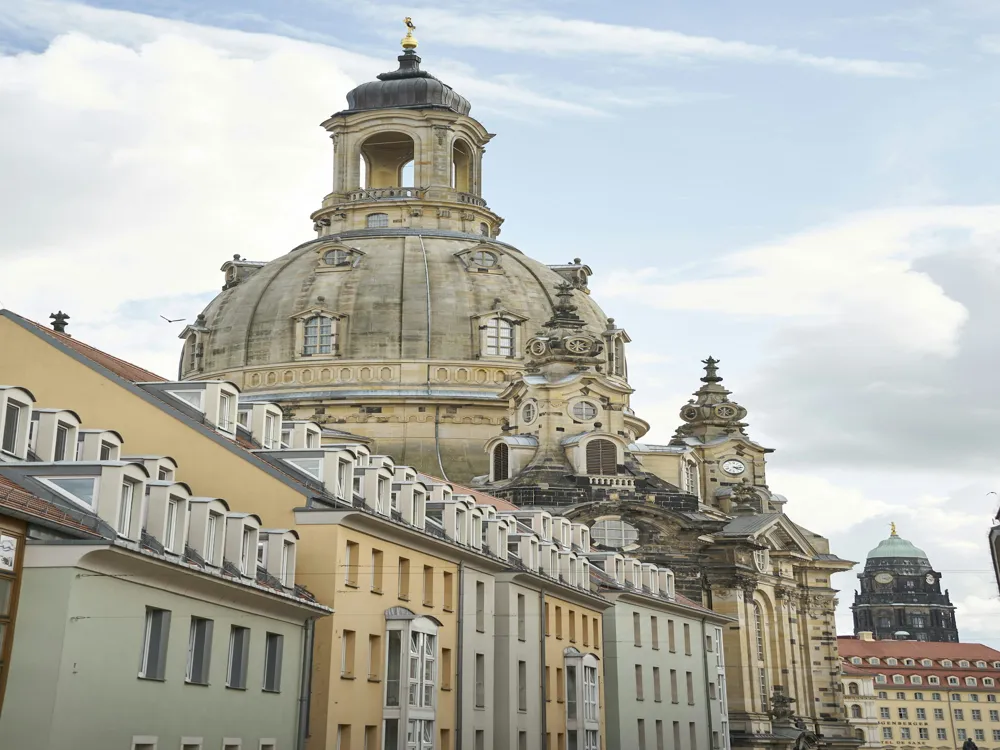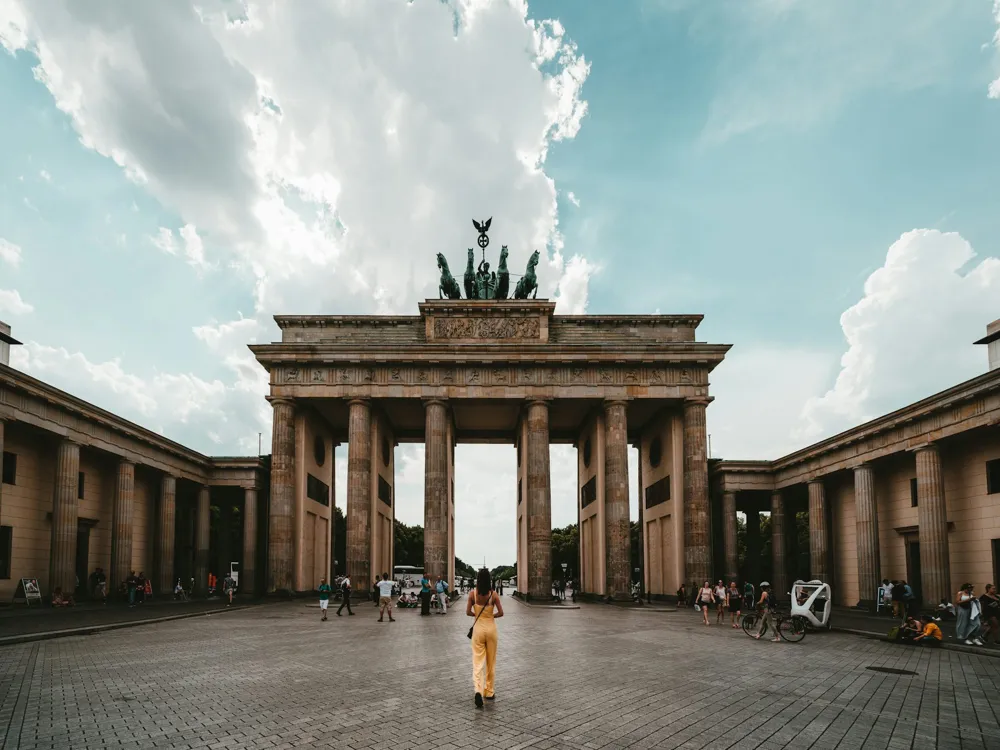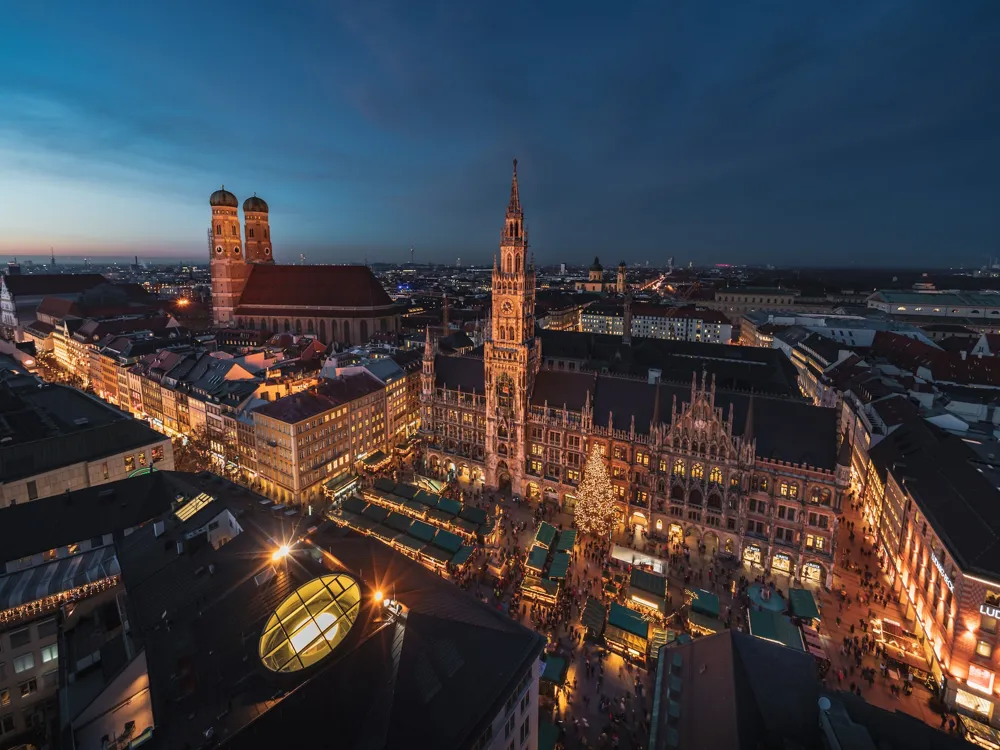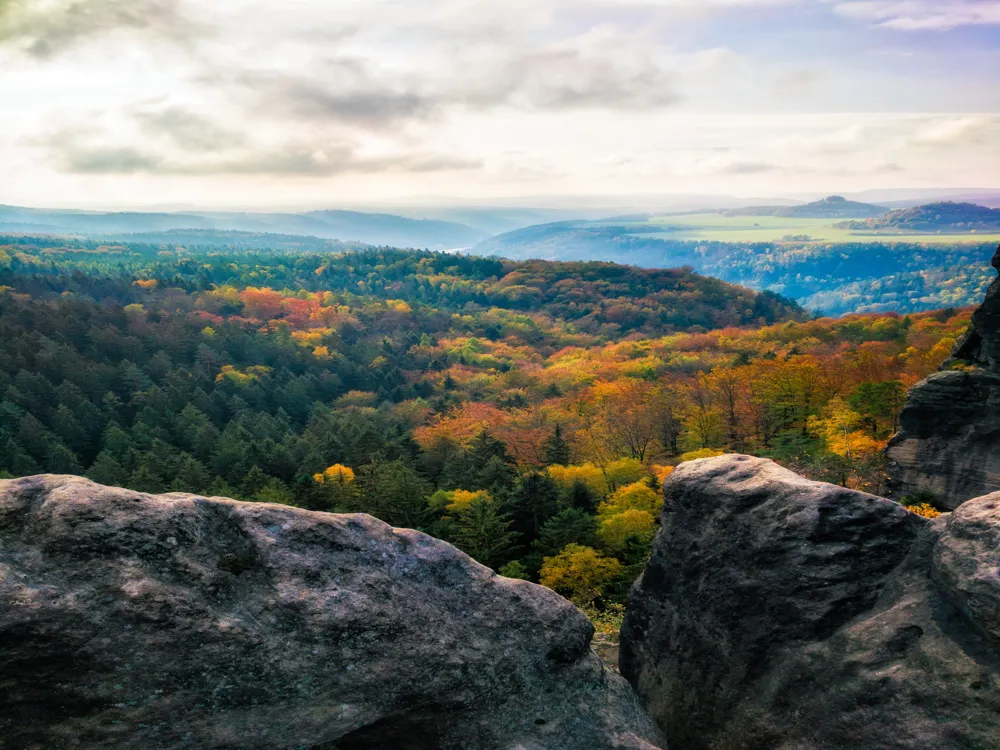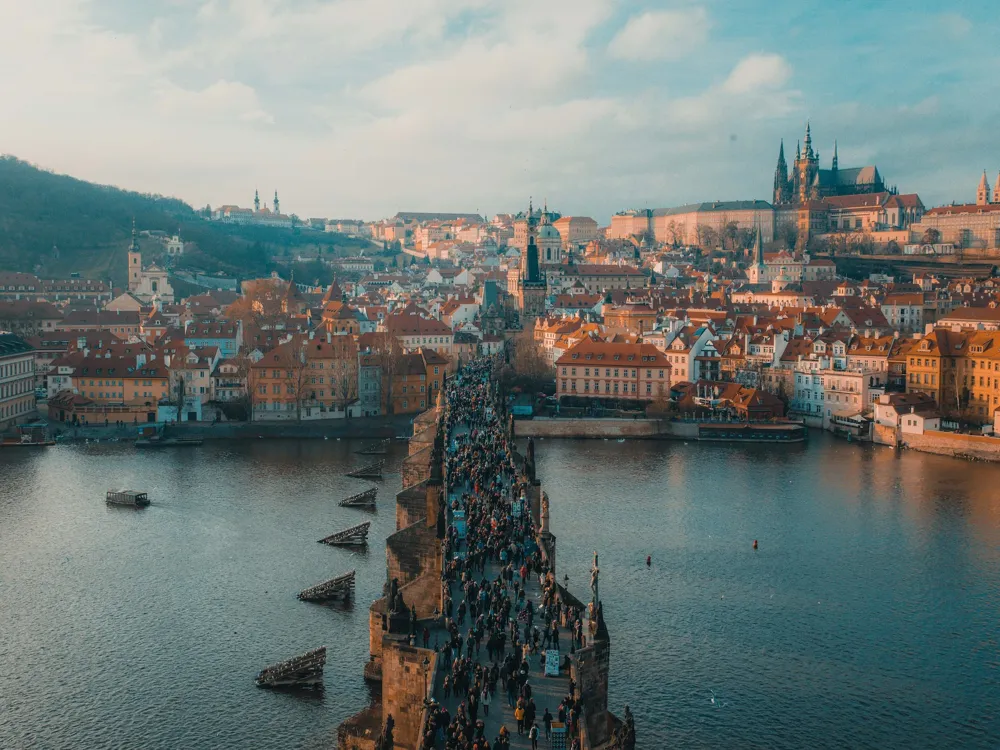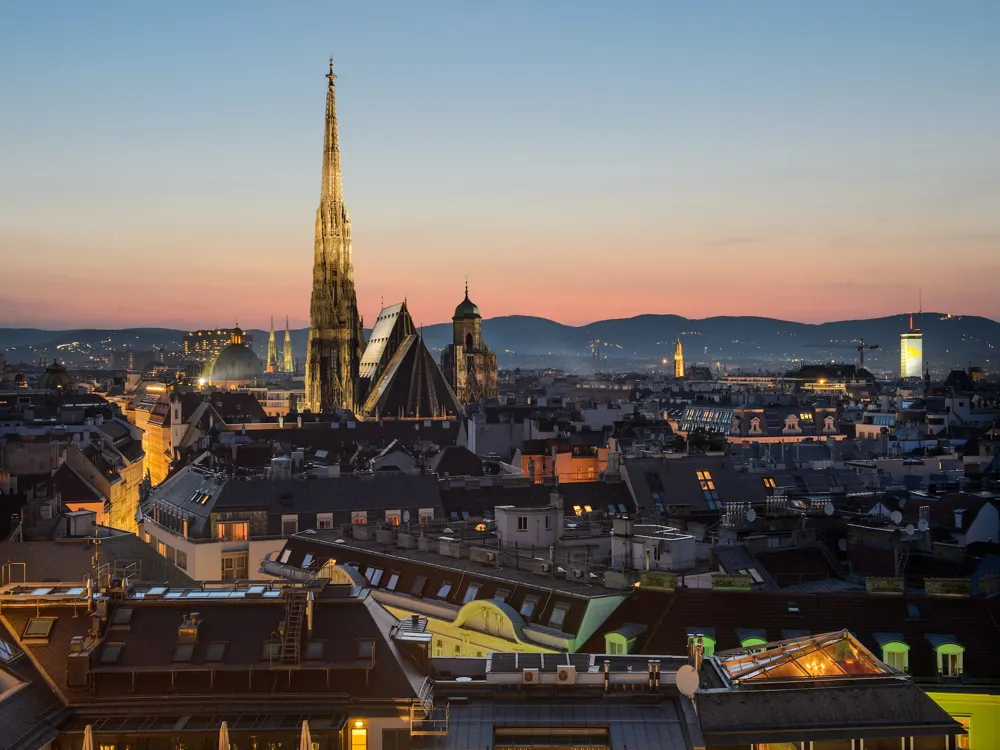Dresden Castle, also known as the Royal Palace, is a historic masterpiece nestled in the heart of Dresden, Germany. This grandiose structure has stood for centuries, embodying the rich history and cultural heritage of the region. The castle, originally built in the 12th century, has been the residence of the electors and kings of Saxony, who were instrumental in shaping the history and culture of the state. Through time, it has witnessed numerous reconstructions, each adding a layer of architectural splendor and historical significance. The castle's architecture is a tapestry of various styles, including Romanesque, Renaissance, Baroque, and Neo-Renaissance, reflecting the various epochs it has survived. This architectural journey is evident in its intricate facades, ornate interiors, and majestic halls. The castle complex houses several significant museums and art collections, such as the Green Vault, the Coin Cabinet, and the Cabinet of Prints, Drawings and Photographs, making it a hub of artistic and cultural treasures. One of the castle's most remarkable features is its Green Vault (Grünes Gewölbe), one of Europe's richest treasure chambers. It displays a stunning collection of jewels, gold objects, ivory, and other precious artifacts that belonged to the Saxon rulers. Another notable aspect is the Fürstengalerie (Gallery of the Saxon Rulers), showcasing portraits of the Wettin dynasty, which played a pivotal role in the region's history. The castle's extensive renovations, following the devastations of World War II, have restored much of its original grandeur, making it a symbol of resilience and restoration. The architecture of Dresden Castle is a remarkable fusion of different historical styles, each representing a unique era in its construction. The original structure, built in the Romanesque style, laid the foundation for a fortress-like appearance. Over the centuries, as tastes and rulers changed, the castle underwent numerous transformations, notably during the Renaissance and Baroque periods. One of the most striking features of Dresden Castle's architecture is its asymmetry, a result of the gradual expansions and reconstructions. The Renaissance influence is particularly evident in the palace's courtyards, which are adorned with sgraffito decorations and intricate stonework. The Georgenbau, the main entrance facing the Schlossplatz, is a prime example of Renaissance architecture, with its impressive portal and statues of dukes and kings of Saxony. The Baroque era brought about significant changes, with the addition of lavish decorations and elaborate designs. The Long Corridor (Langer Gang), a Baroque gallery connecting the castle with the adjacent Johanneum, is renowned for its stunning frescoes and stucco work. The interior of the castle is equally magnificent, with rooms like the Throne Room and the Turkish Chamber displaying opulent furnishings and exotic collections, reflecting the grandeur of the Saxon court. The ideal time to visit Dresden Castle is during the spring and early fall when the weather is pleasant, and the tourist crowds are smaller. This period offers a comfortable climate for exploring the castle and its surroundings. Opting for a guided tour can enhance your experience at Dresden Castle. Knowledgeable guides provide insights into the castle's history, art, and architecture, making your visit more informative and engaging. Allocate enough time to explore the museums within the castle. The Green Vault and the Armory are must-visits, housing some of Europe's most exquisite collections of treasures and medieval armaments. Dresden Castle is easily accessible by various modes of transportation. The nearest airport is Dresden International Airport, which is well connected to major cities. From the airport, visitors can take a taxi, bus, or tram to reach the castle. If traveling by train, Dresden's main railway station, Dresden Hauptbahnhof, is a convenient option. It is well connected to other German cities and European destinations. From the station, the castle is a short tram or bus ride away. Additionally, visitors can drive to Dresden, as it is well-connected by highways, and parking is available near the castle. Read More:Overview of Dresden Castle
Architecture of Dresden Castle
Tips When Visiting Dresden Castle
Best Time to Visit
Guided Tours
Museum Visits
How To Reach Dresden Castle
Dresden Castle
Dresden
NaN onwards
View dresden Packages
Weather :
Tags : Forts & Palaces
Timings : Wednesday - Monday: 10:00 AM - 6:00 PM
Entry Fee : Adult - EUR 12,
Concession - EUR 9
Planning a Trip? Ask Your Question
Also Refered As:
Residenzschloss, Royal Palace
Dresden Travel Packages
View All Packages For Dresden
Top Hotel Collections for Dresden

Private Pool

Luxury Hotels

5-Star Hotels

Pet Friendly
Top Hotels Near Dresden
Other Top Ranking Places In Dresden
View All Places To Visit In dresden
View dresden Packages
Weather :
Tags : Forts & Palaces
Timings : Wednesday - Monday: 10:00 AM - 6:00 PM
Entry Fee : Adult - EUR 12,
Concession - EUR 9
Planning a Trip? Ask Your Question
Also Refered As:
Residenzschloss, Royal Palace
Dresden Travel Packages
View All Packages For Dresden
Top Hotel Collections for Dresden

Private Pool

Luxury Hotels

5-Star Hotels

Pet Friendly










